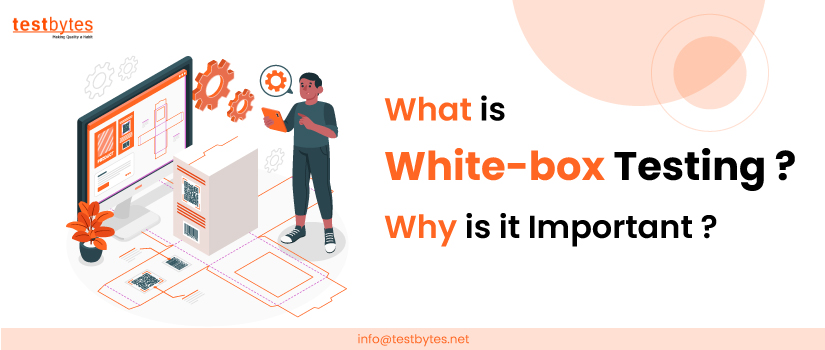
Basic or Advanced Software Testing: Which is Better?
January 15th, 2018

Software development is a simple step-by-step procedure that includes a few things that cannot be missed or compromised at any point of time. Testing is one of those steps that must be executed no matter how urgent the product delivery is. There are a number of reasons that make this step a crucial part of the software development life cycle (SDLC) such as delivery of high quality product, optimum performance and several others.

While it is true and accepted that testing cannot be separated from SDLC, it is important to decide the most suitable type of testing technique for the software – basic and advanced. The basic or standard software testing services are usually included in the entire package of the project delivery package.
On the other hand, the advanced testing techniques are suitable when the basic techniques are not enough to ensure the optimum quality of the product. Sounds confusing? Let us understand the differences between the two.
Basic Software Testing
Basic software testing is the generic form of testing during which a software product is tested for manually by a team of testers. During basic software testing, a software product is made to undergo various phases of testing to detect any bug present. This is done to get the same fixed during the later stages of development.
There are a number of steps that are executed as a part of basic testing. It includes the following:
- Requirement analysis: Performed right before development, this step is aimed at analyzing the project’s requirements and making the project manager aware about the issues that might occur during the development. Completing this step helps in reducing the probability of several bugs that are obvious to occur.
- Acceptance testing: After each software development iteration is completed, the requirements are checked again. These requirements are then referred to as user stories and executing this kind of testing is known as acceptance testing.
- Smoke testing: This type of testing is conducted after each step of development is completed and the product can be used and tested. Conducting smoke testing helps in ensuring that all the major features of a product work properly.
- Regression and sanity testings: Performed regularly after incorporating a change in each source code, these types of testings are executed to ensure that incorporating any change to the existing product, whether it is adding features, fixing bugs, or migration to another OS), should not affect the existing functionality of the product.
- GUI testing: This type of testing helps in ensuring that designed product’s screens are in sync with the previously agreed mockups and wireframes. However, conducting GUI testing might not be enough as different browsers may display the product designs differently.
- Usability testing: Conducting this type of testing helps in finding the best possible changes that can be made to the existing product. This is done to improve user interaction with the system as well as make things work correctly in the product.
Advanced Software Testing
A number of factors such as budget issues, unusual functionality and scalability requirements restrict the benefits of basic testing in a software testing. To meet these challenges and ensure that the product developed is at par to the requirements, advanced software testing is conducted.
To conduct advanced software testing, the specification documents and wireframes are handed over to the QA engineers who are then able to complement the requirements and prevent bugs before coding.
Some of the common steps taken during advanced software testing are:
Requirements analysis: This is done to precisely identify the requirements and detect all the bugs that are possible to occur at later stages of development.
Advanced GUI testing: The advanced level of GUI testing is executed to ensure that the product’s styles and are valid on a larger number of testing devices and platforms.
Test automation: This type of testing helps in executing the testing process faster and quicker. Executing test automation helps in ensuring and checking that the product is able to perform in unusual circumstances and parameters as well.
Compatibility testing: Executing compatibility testing helps in ensuring that the product being developed won’t affect the functionality and usability of other applications and system components.
Interrupt testing: Although this type of testing is included in basic testing, this is also an important part of advanced testing. It is recommended to include load testing and stress testing to ensure that the product is able to perform even under stressful circumstances.

Advanced Testing Ensures the Delivery of High-Quality Product
Unusual functionality that goes beyond conventional functionality, higher safety requirements, specifically in case of products related to financial operations, scalability requirements and budget issues are not easy to handle in case of basic testing. Therefore, at the end it is better and recommended to opt for advanced level of testing so that the product delivered is optimum in quality.


 Software Testing Events
Software Testing Events App Testing
App Testing Web App Testing
Web App Testing Game Testing
Game Testing Automation Testing
Automation Testing Load Testing
Load Testing Security Testing
Security Testing Performance Testing
Performance Testing Hire a Tester
Hire a Tester





